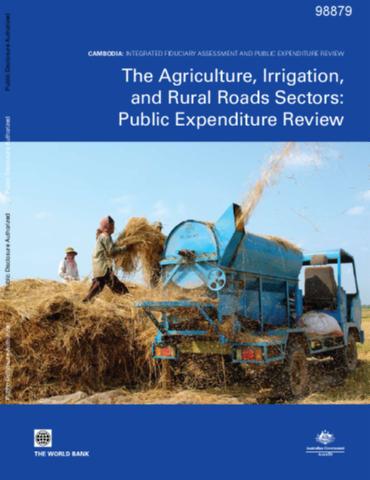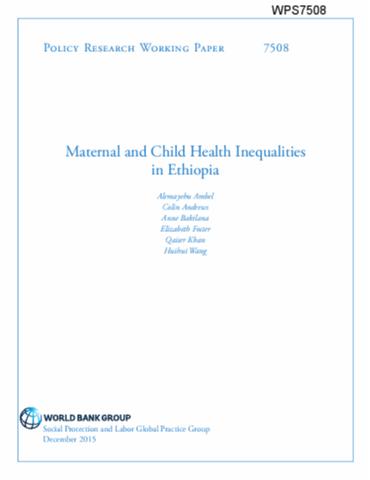Poverty in Guatemala
Poverty in Guatemala is high and deep. In 2000, over half of all Guatemalans lived in poverty. About 16 percent lived in extreme poverty. Available evidence suggests that poverty in Guatemala is higher than in other Central American countries. Although poverty has fallen over the past decade, its trend recently declined due to a series of economic shocks during 2001 and 2002. The drop of poverty incidence since 1990 is slightly slower than what would have been predicted given Guatemala's growth rates, suggesting that growth has not been particularly pro-poor.












